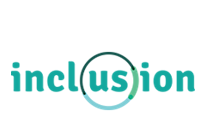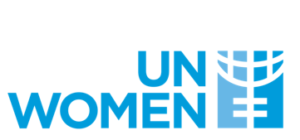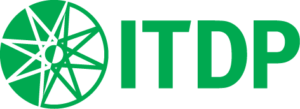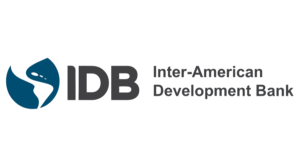
The principles focus on the inclusion of vulnerable transport users in rural, peri-urban, low-income and urban areas across Europe and beyond. Over a three-year period, the EU-funded INCLUSION project addressed the challenges of accessibility to public transport in those areas. The experience gained from this project has been condensed into the principles, which provide guidance to local authorities, planners, and practitioners that strive to make mobility more inclusive, accessible and fair for all types of users.
Lifecycle Phase(s): Strategic PlanningPublic authorities identify the needs and long-term vision for infrastructure development., PrioritizationAuthorities decide which projects to realize and how to allocate resources., Project PlanningGeneral strategy for a project’s delivery is developed., Concept DesignTechnical experts broadly outline the project’s basic characteristics.
Type(s) of Tool: PrinciplesSupport sustainability incorporation at institutional or strategic level, less specific than Guidelines.






